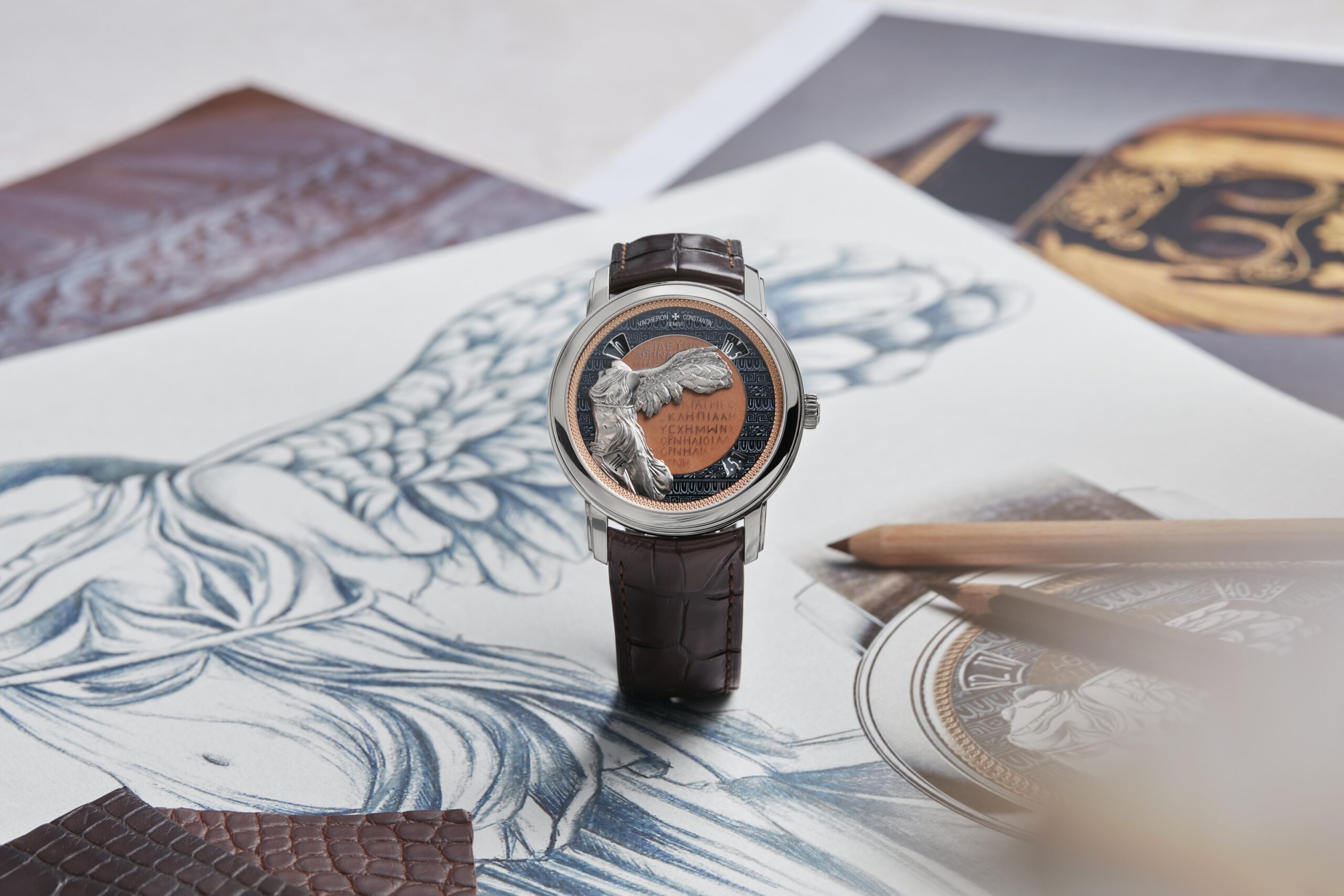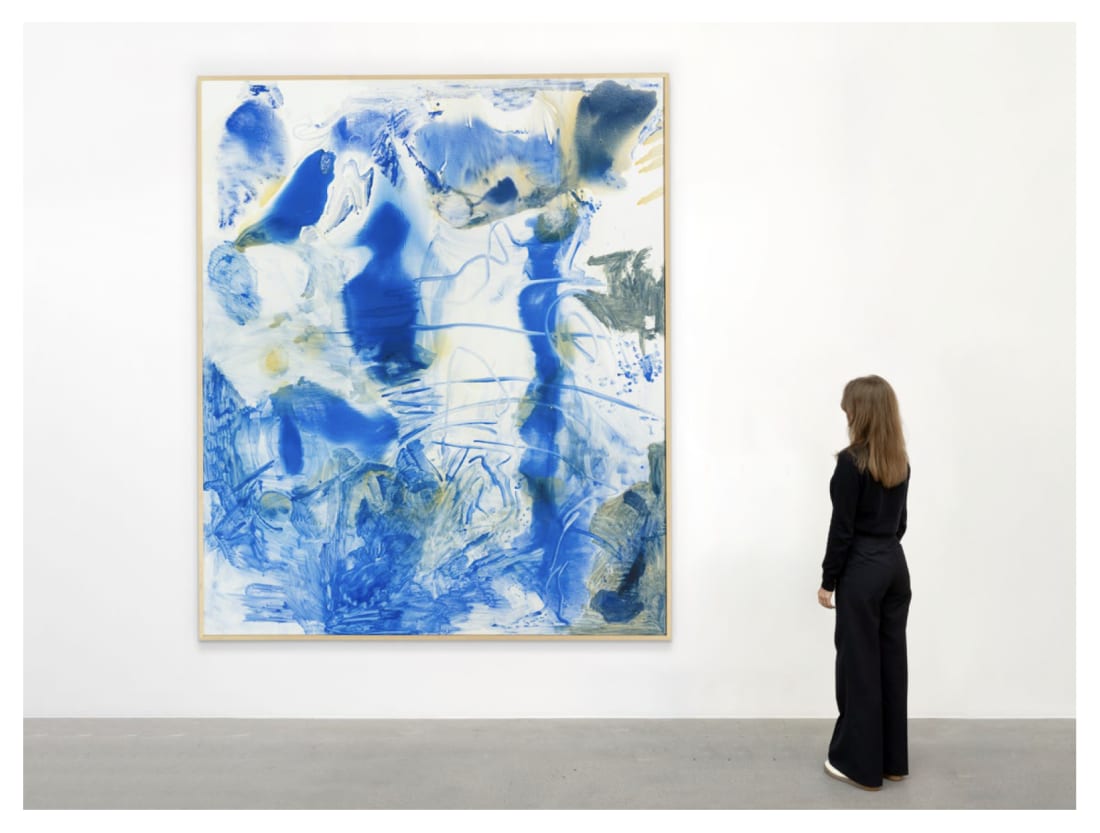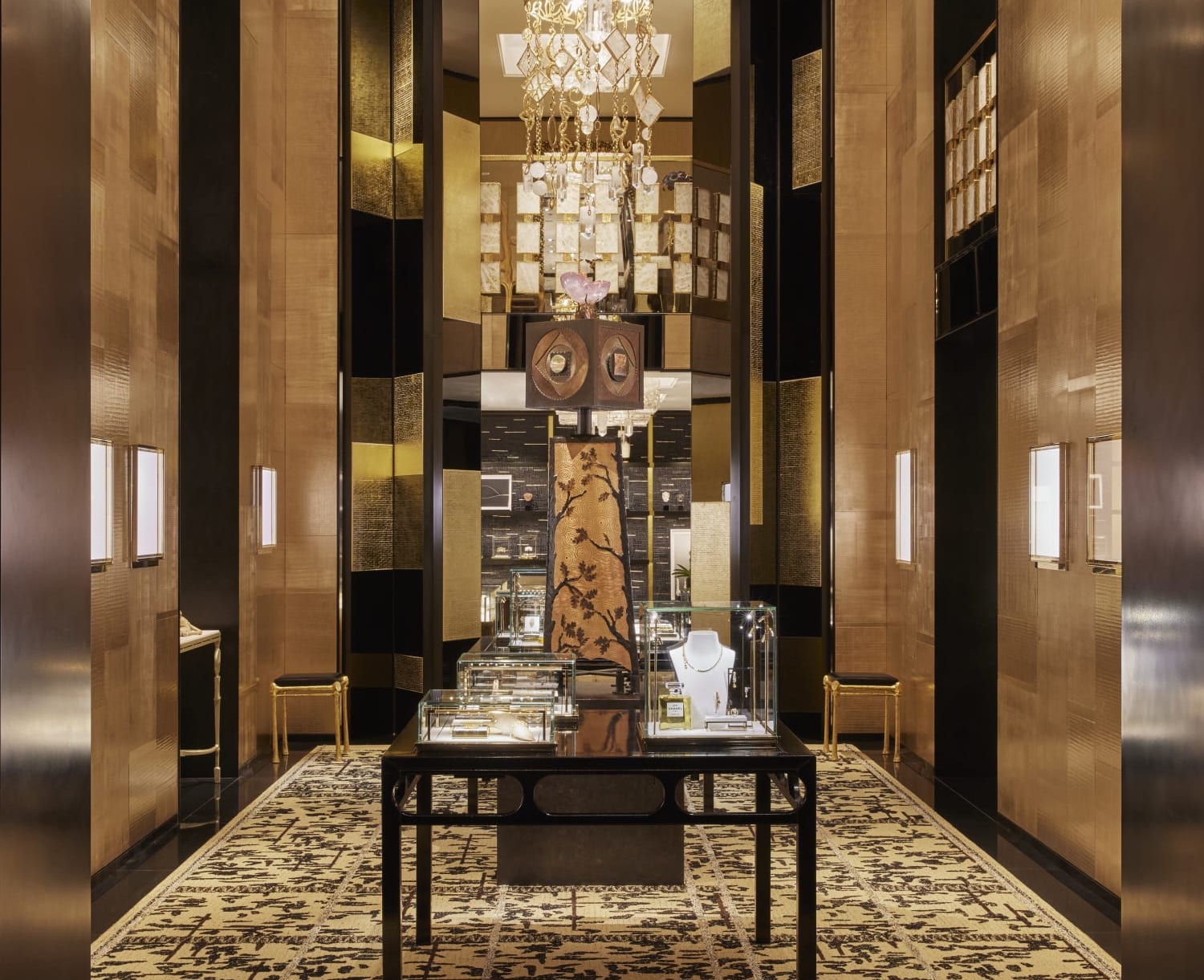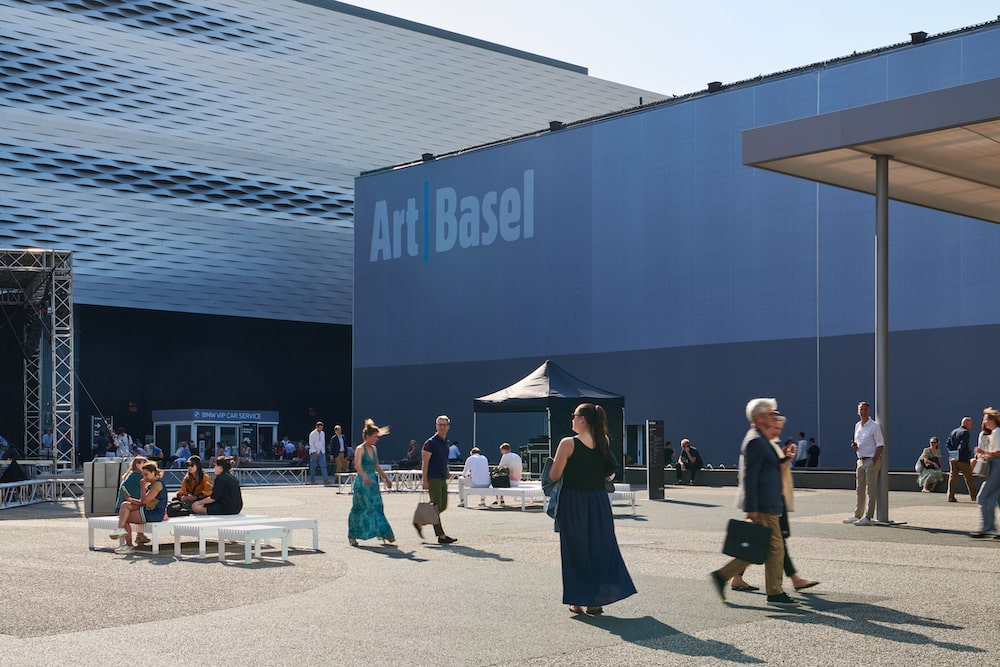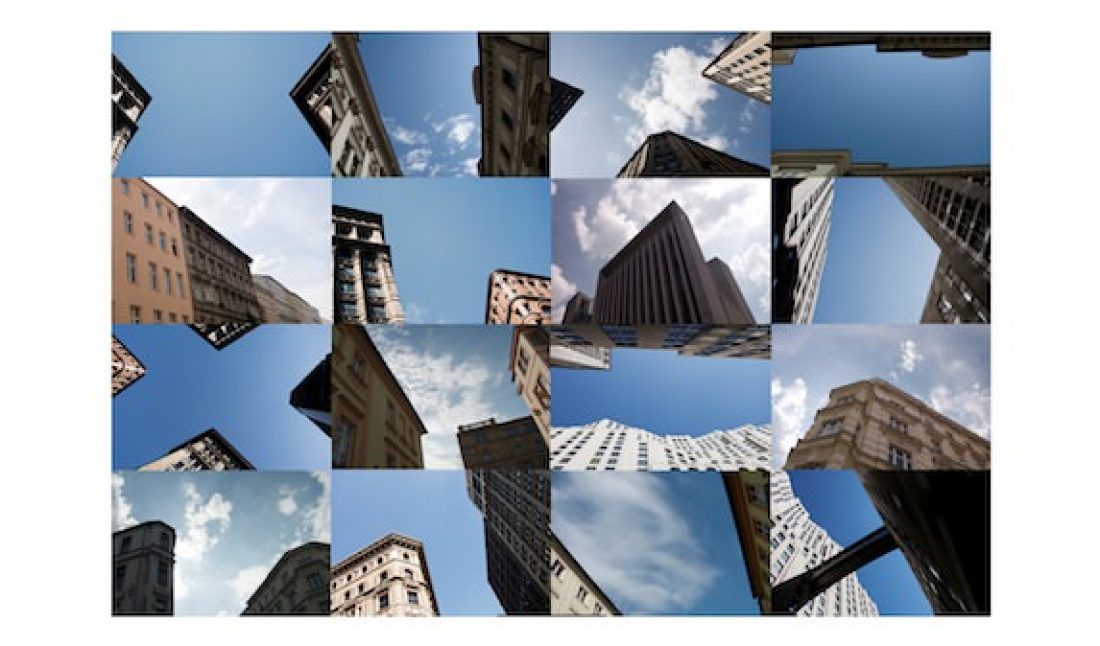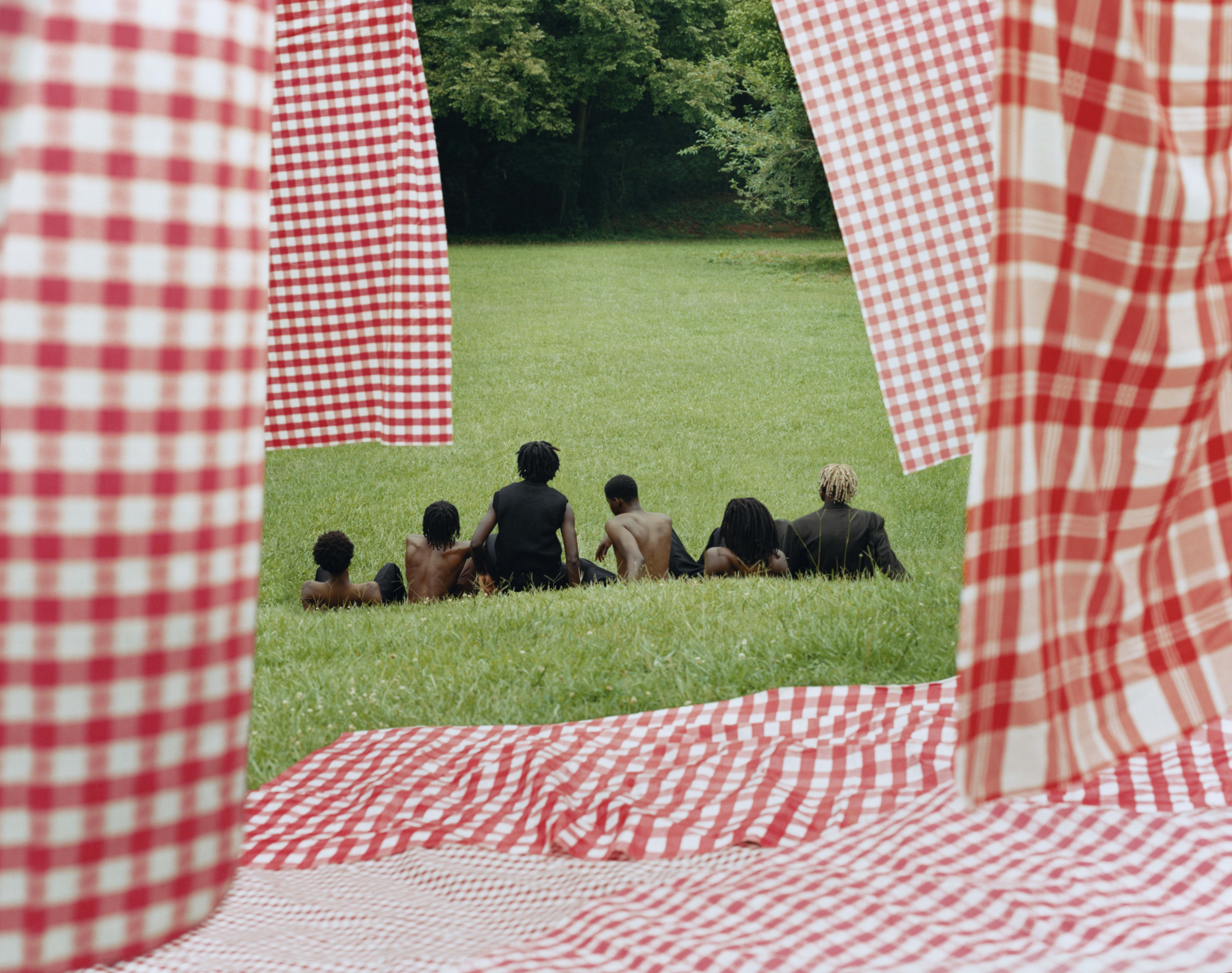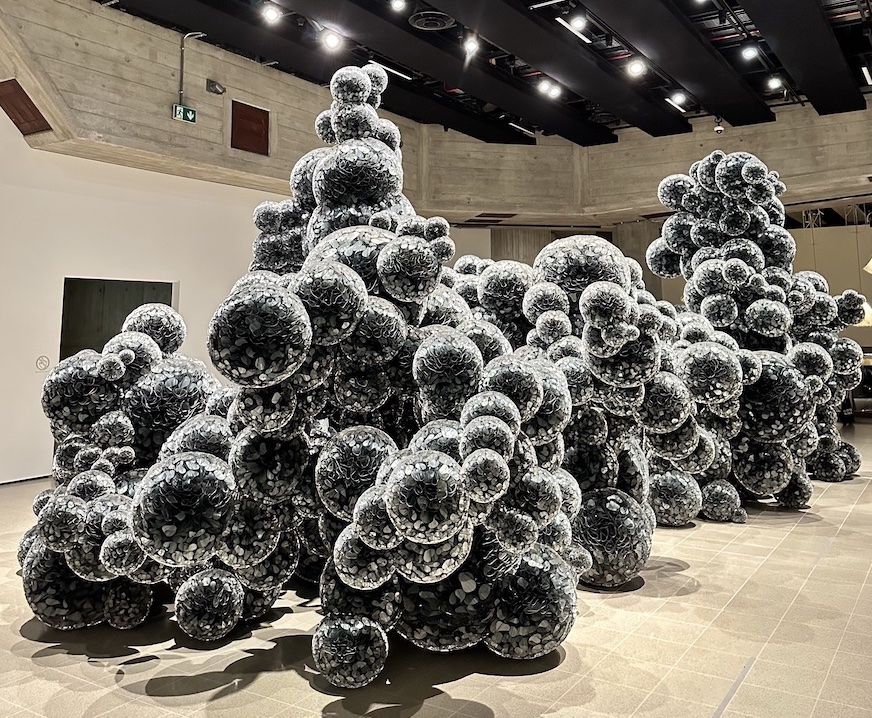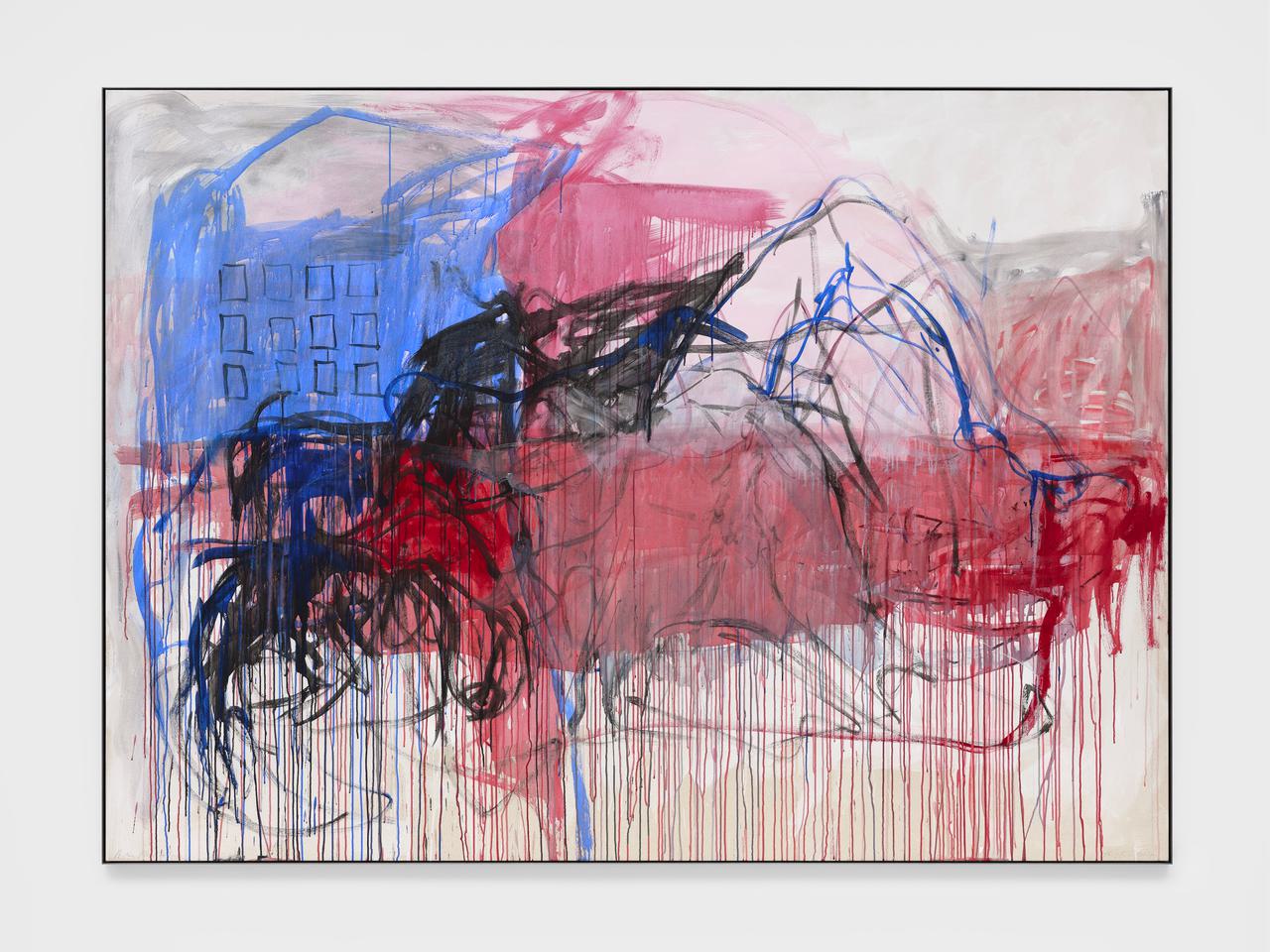Alexis Dahan’s “The Sky Is Shaped by Its City Buildings” is currently on view at Rook & Raven Gallery in London (through June 6). The exhibition of new work includes photography, charcoal drawing, and three-dimensional wood paintings. Everything draws from photos Dahan found himself taking while traveling between cities. He looked up, rather than ahead or down. He became more and more fascinated over time by the shape the sky took based on the city buildings that framed it.
We spoke with Dahan in his studio in New York a few weeks before the London show.
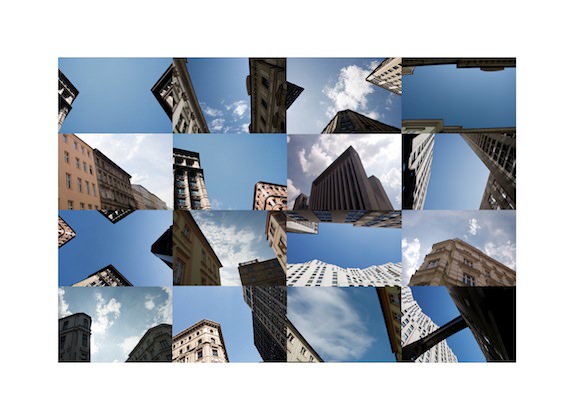 40 cm x 60 cm
40 cm x 60 cmWHITEWALL: When did you start taking photographs of city skies?
ALEXIS DAHAN: When I was in Italy in Siena, I was a student in literature in 2001. Siena has very small streets with very tall buildings.
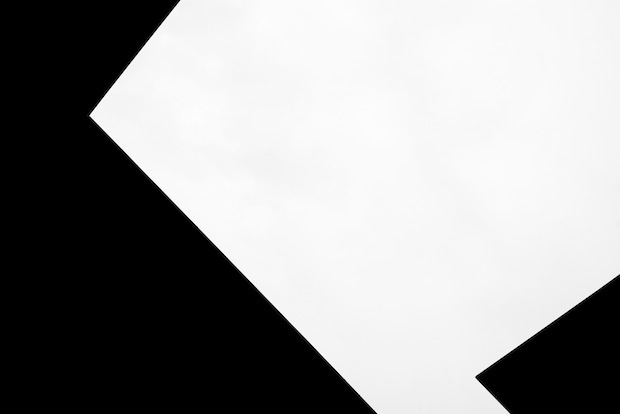 Edition of 3 with 1 AP
Edition of 3 with 1 AP
When you go to the countryside, the sky takes up 80 percent of what is visible. It has an effect on you. You feel small, you disappear. In the city you don’t see anything. You look up and you see a square or triangle of sky.
WW: You’ve been taking these kinds of photos for over 10 years. When you are in new cities are you always looking up?
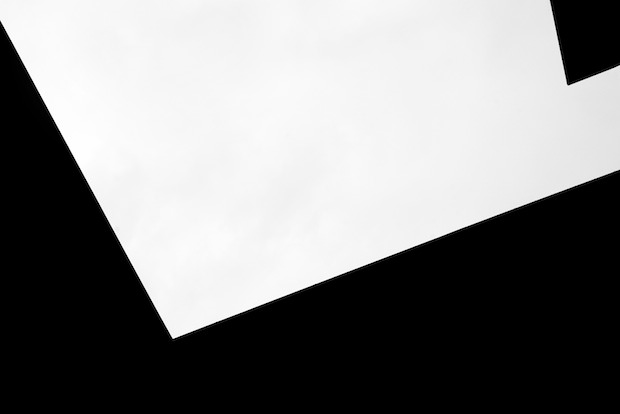 Collage with 16 giclee prints
Collage with 16 giclee printsAD: Always.
WW: Were you thinking about the difference between seeing the sky in the country and seeing the sky in the city and how it affects us when you were making these?
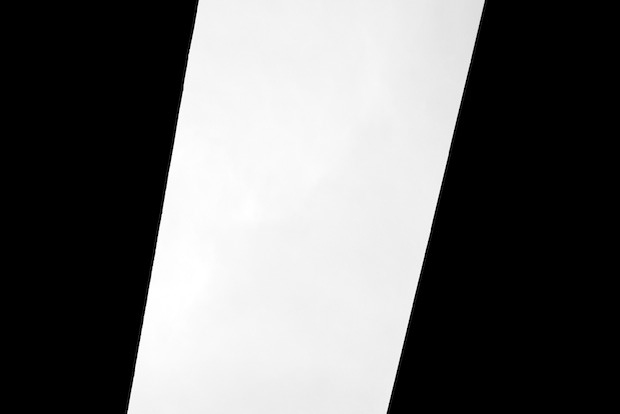 40 cm x 60 cm
40 cm x 60 cmAD: I’m not thinking about it intentionally, it’s just things that I’ve read a lot that I have in me. But I’m not trying to evoke a lesson when I’m making this.
When you look up at night and see the stars, you feel very alone in the universe. It’s a very metaphysical thing to look at, it’s infinite. In the city everything is finished, except this little triangle of infinity. It’s very limiting. It limits your imagination.
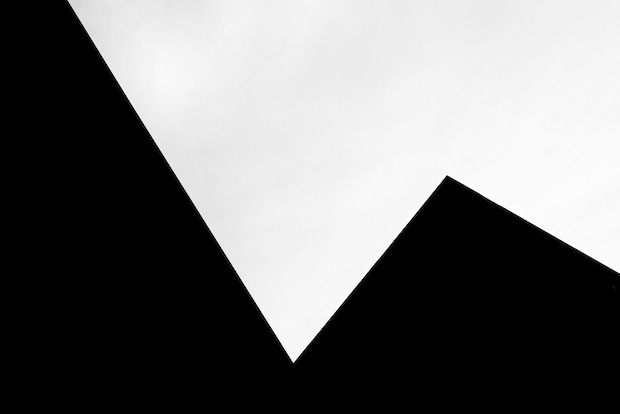 Edition of 3 with 1 AP
Edition of 3 with 1 AP
WW: How did you move from the photograph to the wood paintings?
AD: I wanted to make something a bit heavy, of more substance to more exactly carry the thing that interests me: the shapes of sky. So I thought, why don’t I just cut them out?
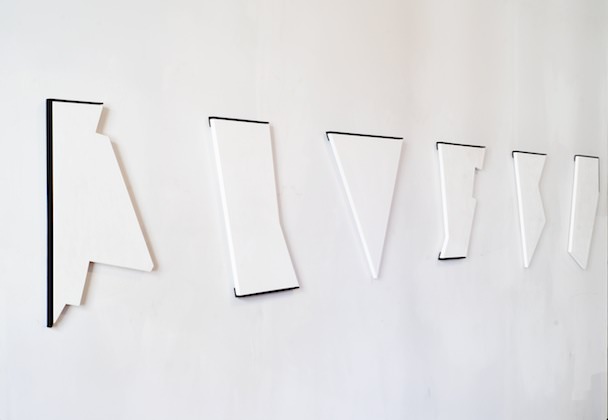 Piezography
PiezographyI don’t care about the buildings. I care only about the sky. It’s really about the shapes of the sky. But it’s not just a triangle. It has a [floating] frame that reminds you where it comes from: a photograph, which reminds you it came from an actual city. And they are each called the name of the street corner.
WW: Is this the first time you made an object from photographs?
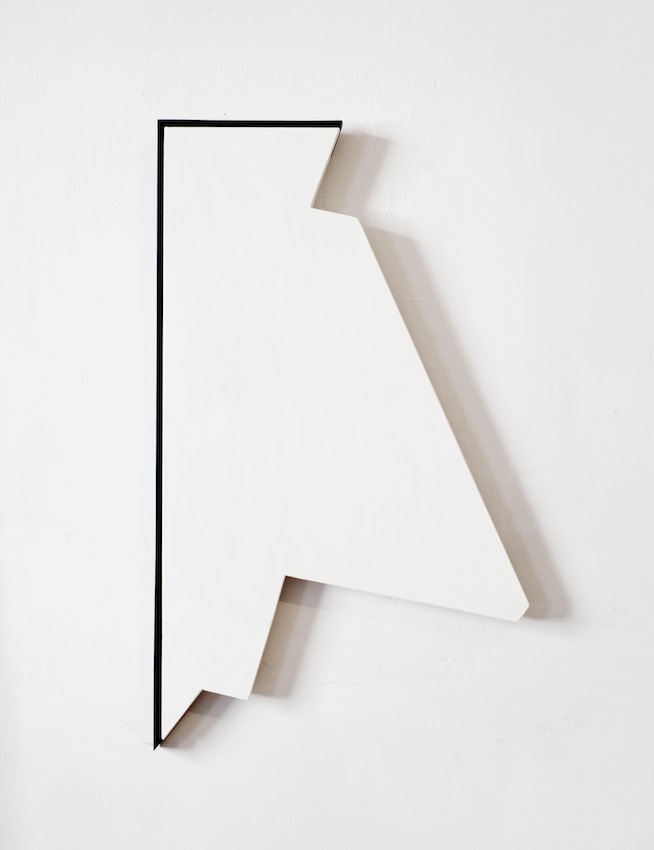 100cm by 150cm
100cm by 150cmAD: Yes, completely. It starts with the photograph, and then you go somewhere else. Photography is good to start, but other mediums allow me to develop the idea.
WW: Why start from photography?
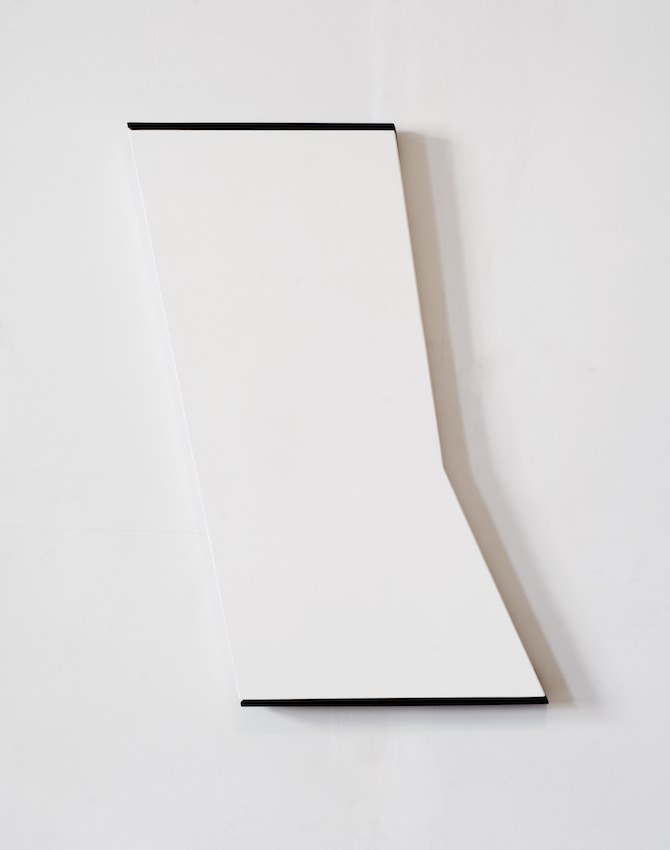 Edition of 3 with 1 AP
Edition of 3 with 1 AP
AD: Because it’s the perfect way to extract something from the world. The drawing already is a representation, the photograph doesn’t represent, it’s a trace, an imprint. I like that the trace makes you dream of what was there.
WW: You studied philosophy and a lot of your work is drawn from that. Why is art a way for you to explore philosophy, rather than writing?
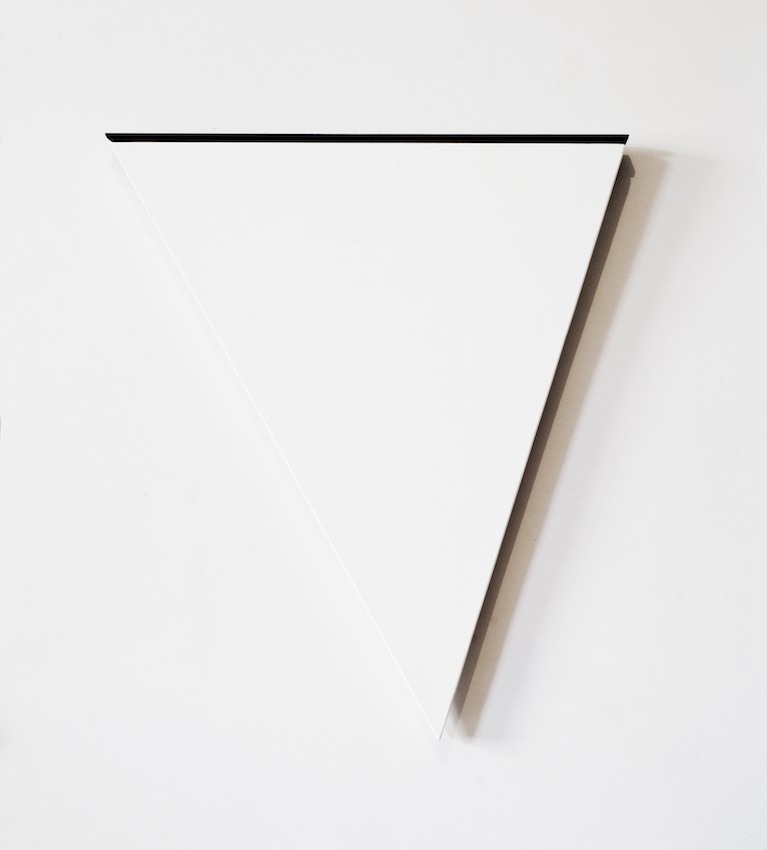 Piezography
PiezographyAD: That’s my obsession, my personal obsession. When I didn’t know about conceptual art, I thought it would be more interesting to read a philosophy book than to look at a Robert Smithson. But you learn and you educate yourself about conceptual art and it starts to work at different levels that a book doesn’t work at.
It allows a lot of different interpretations. There is a great reach, it’s not bound to one language. Everybody can have access to it. Being expatriated you realize that language and translating become complicated. A photograph doesn’t need to be translated. Art doesn’t need to be translated.
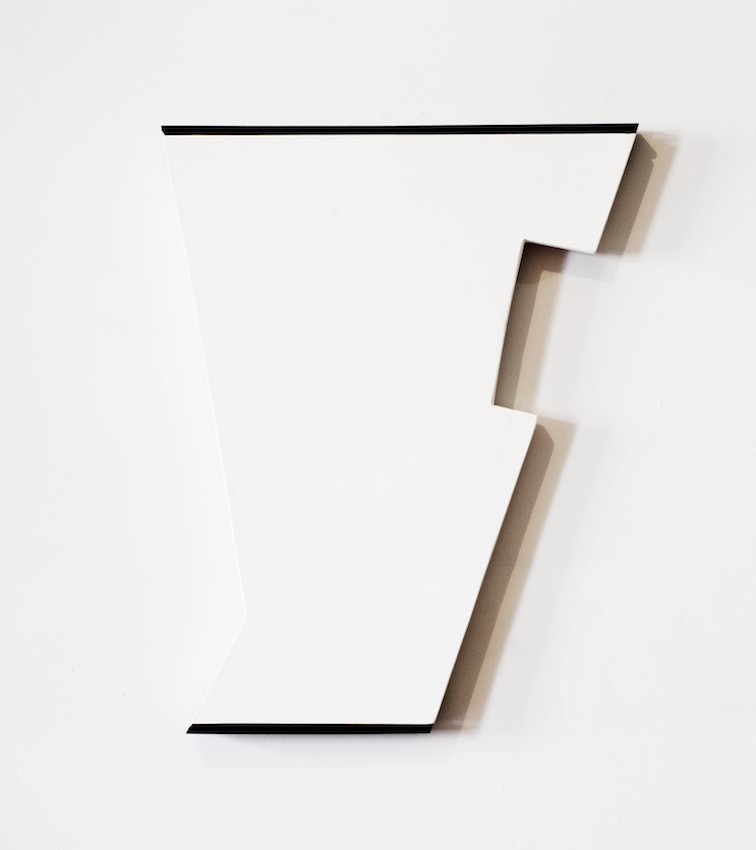 100cm by 150cm
100cm by 150cm
